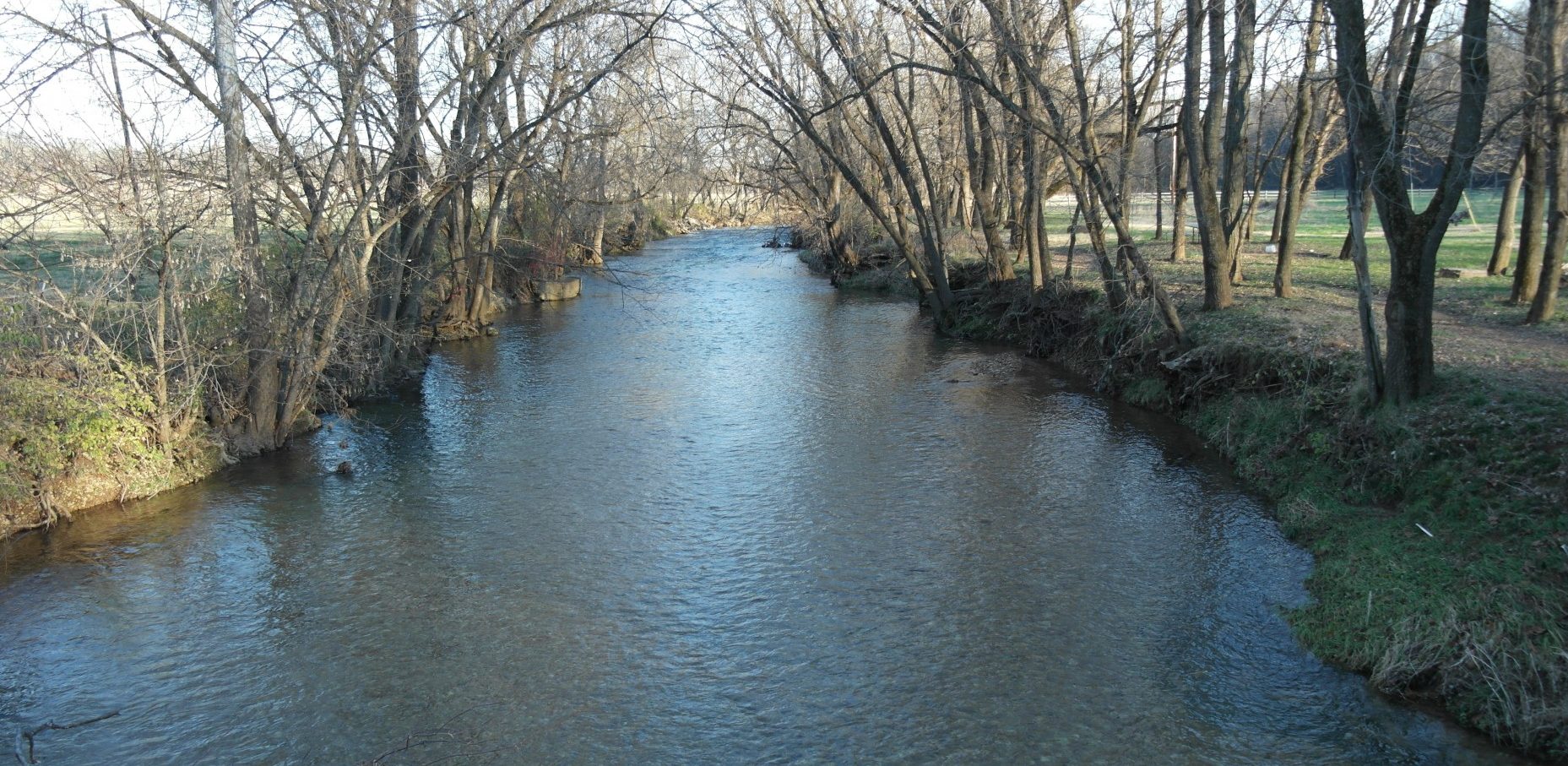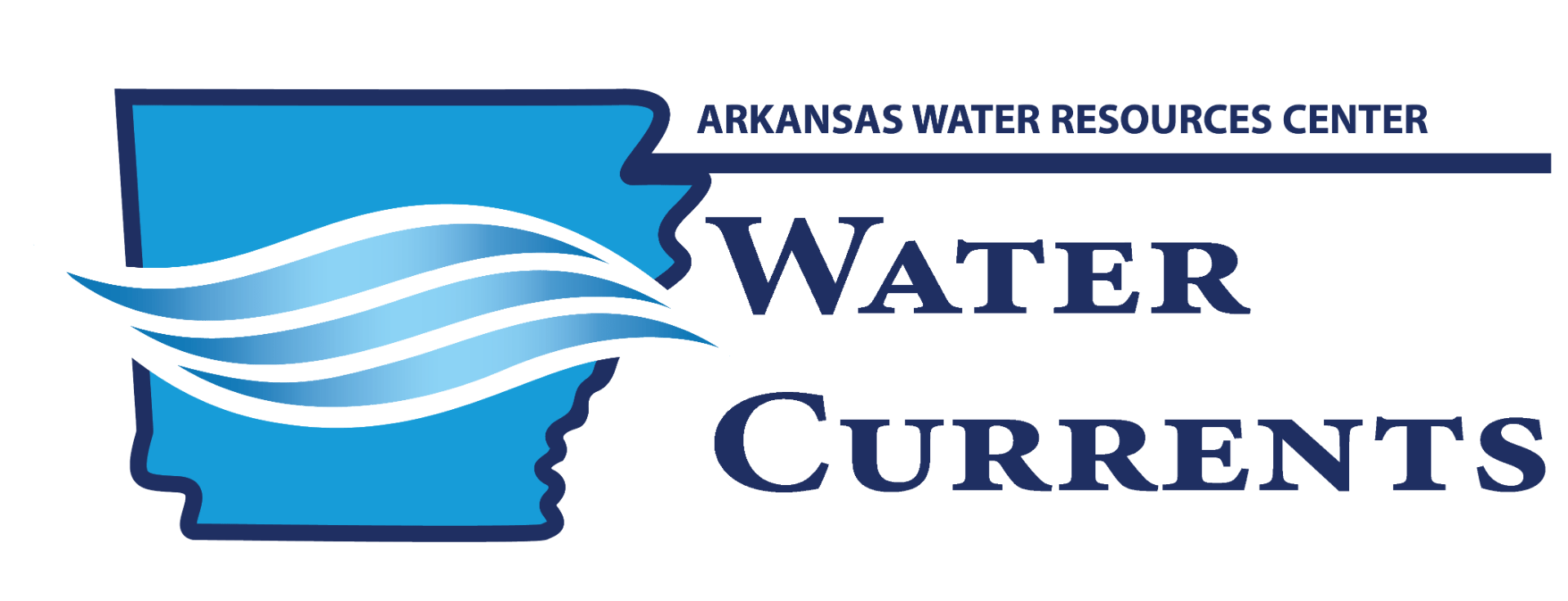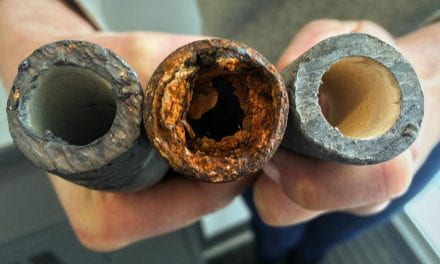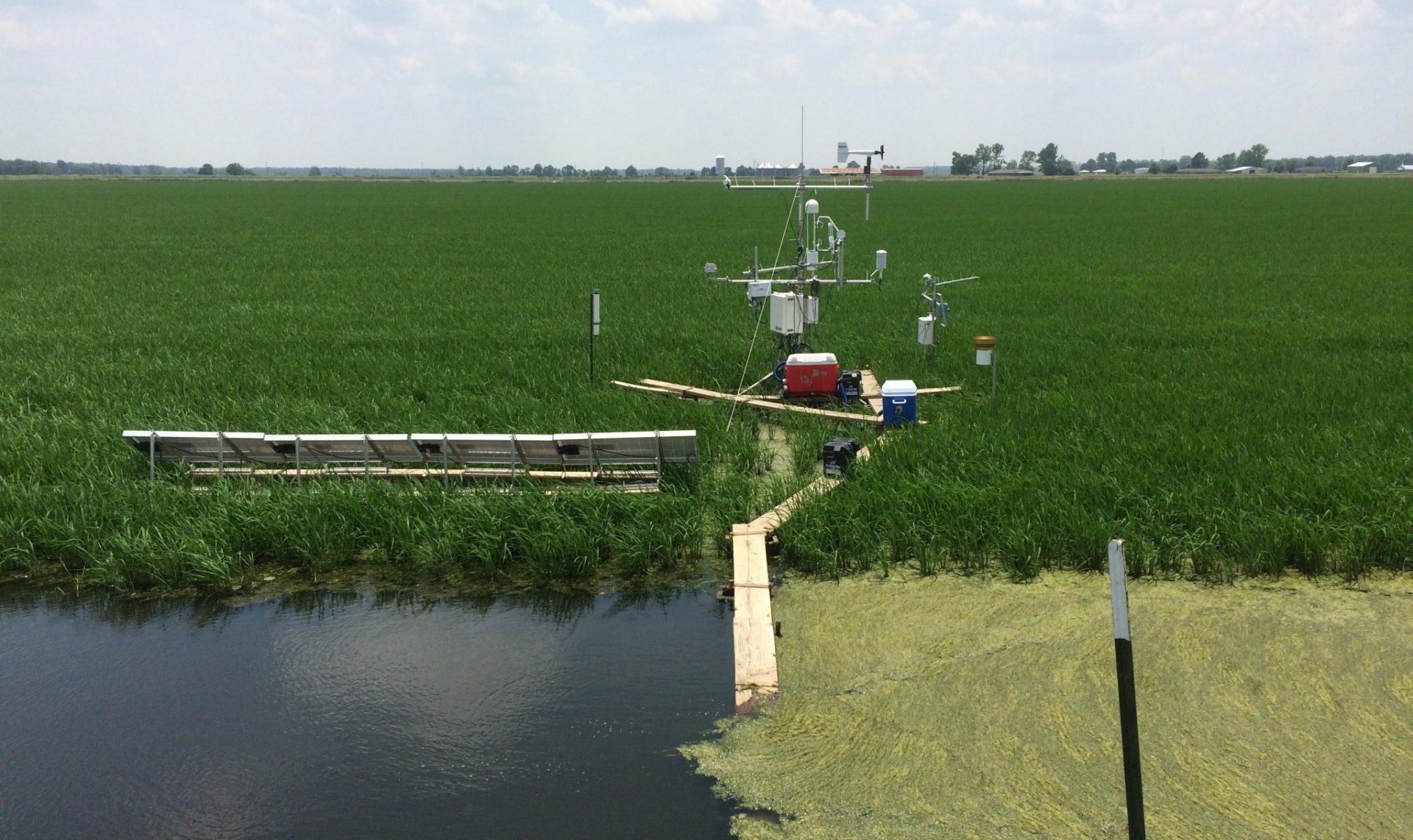
UA Researcher Tracks the Source of Pathogen Pollution in the Illinois River Watershed

The Problem: Several streams and rivers in the Illinois River Watershed are listed as impaired because of high numbers of bacteria, specifically E. coli, which are used to indicate the possible presence of pathogens – pathogens are microscopic organisms that can make people sick.
Rather than testing for all possible pathogens, indicator organisms like E. coli are used to indicate the potential for contamination in water. But, numbers of the indicator bacteria alone don’t provide enough information to identify where the pathogens are coming from.
So What?: When a stream is listed as impaired, a lot of money and resources can be put in to improving the water quality. Bacteria can enter waterways from a variety of sources including wildlife, agricultural activities and urban areas. Water resource managers need to know where the bacteria are coming from so that the best plan of action can be made to improve water quality and lower the risk that people might get sick.
The Research Question: Kristen Gibson, assistant professor of Food Science at the University of Arkansas, wanted to know: can viruses that infect E. coli – called coliphages – be used to determine the sources of bacteria in waterways?

Method for measuring E. coli in water samples.
The Methods: Gibson studied 23 stream sites in the Illinois River Watershed, all of which were on the draft 2012 303(d) list of impaired waterbodies. She collected 20 water samples at each site from May 2013 to April 2014 during both baseflow and after rainfall runoff conditions. She measured E. coli numbers in water samples, as well as two types of coliphage – FRNA and FDNA – found in E. coli using molecular techniques including nucleic acid extraction and polymerase chain reaction (PCR).
The Findings: E. coli numbers in streams during the 11 months of sampling sometimes were low (near zero colony forming units per 100 mL (CFU)/100mL)) and sometimes were very high (almost 2,500 CFU/100 mL), but oftentimes were between zero and 400 CFU/100mL. To provide some context, the water quality standard in Arkansas is anywhere between 126 to 410 CFU/100mL, depending on the particular river being assessed and the time frame for when sampling is being done.
Gibson found that E. coli numbers were higher after it rained, because bacteria are easily transported from the landscape to nearby streams and rivers.
The coliphage data would suggest that most of the E. coli came from human sources, which could include wastewaters and urban areas. Specifically, 95% of the coliphage was the FDNA type which is known to be associated with human sources of E. coli. However, the dominance of FDNA might be due to the strain of E. coli that was used to isolate the coliphages, C3000, which is known to be less associated with the FRNA coliphage type.
Animals were shown to be a potentially important source of E. coli in these streams as well. The FRNA coliphage type was dominated by animal sources, with 71% coming from animals and 29% coming from humans. Also, most of this coliphage was found in just three of the rivers sampled – Little Osage Creek, Clear Creek, and Muddy Fork. Each of these streams drains some pasture land, where agricultural activities influence water quality.

Cattle access to the Illinois River.
The Benefits: Arkansas spends a lot of money trying to improve water quality in streams that are listed as impaired. Gibson’s research is taking important steps to help water resource managers identify specific sources of bacterial pollution. Once the source of E. coli is known, water quality improvement efforts can be more targeted and money can be spent in the best possible places.
This material is based upon work supported by the U.S. Geological Survey under grant agreement No. G11AP20066 and administered by the Arkansas Water Resources Center. The views and conclusions contained in this document are those of the authors and should not be interpreted as representing the opinions or policies of the U.S. Geological Survey.














